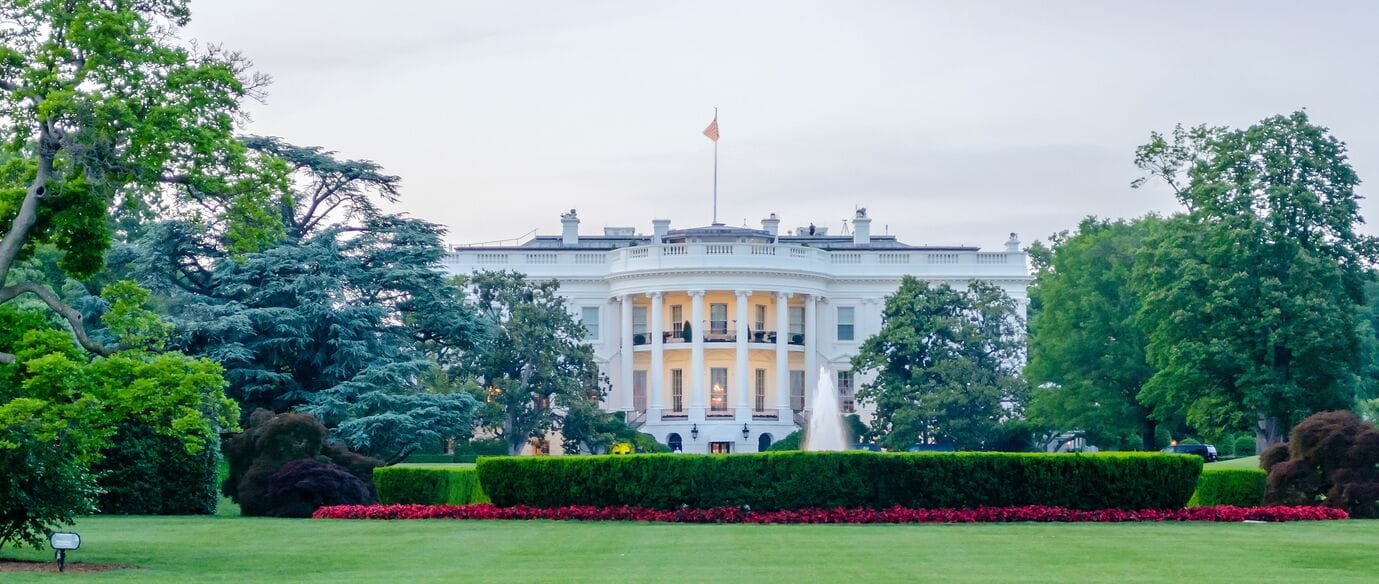On 31 December 2024, the China National Intellectual Property Administration (CNIPA) adopted the "Guidelines for Patent Applications for AI-Related Inventions (Trial Implementation)", aiming to shed light on the specific requirements for patent applications in the rapidly evolving field of artificial intelligence (AI). The guidelines follow a draft released for comments on December 6, 2024 and particularly categorize the types of AI-related patent applications, addressing a number of specific requirements and issues unique to AI patents.
1. Types of AI-related patent applications
The Guidelines categorize AI-related patent applications into four distinct types:
- AI Algorithms or Models Themselves: This category encompasses advanced statistical and mathematical models, including machine learning, deep learning, neural networks, fuzzy logic, and genetic algorithms. Applications in this category focus on the algorithms or models themselves and their improvements or optimizations, such as model structure, compression, or training methods.
- Functions or Field Applications Based on AI Algorithms or Models: These applications integrate AI algorithms or models into inventions as intrinsic components of the proposed solutions for products or methods. For example, a new type of electron microscope utilizing AI image sharpening technology falls under this category.
- AI-Assisted Inventions: This type involves inventions where AI algorithms or models assist in the development or enhancement of other technologies or processes.
- AI-Generated Inventions: These are inventions autonomously generated by AI systems without direct human intervention.
2. Clarifications regarding AI-related patent applications
The Guidelines address several critical legal issues and specific requirements pertinent to AI-related patent applications:
- Inventor eligibility: AI systems per se excluded: The Guidelines stipulate explicitly that inventors must be natural persons who have made inventive contributions to the technical claims of the invention. AI systems cannot be named as inventors, reflecting the position that AI systems or software lack the legal capacity to hold property or moral rights.
- Patentable Subject Matter: To be patentable, a claimed solution, e.g. an underlying algorithm used in AI software, must not merely involve rules and methods of mental activities. In line with establised practice in China, the claimed technology should solve technical problems, using technical means that follow natural laws and thereby achieve technical effects. This means that claims in patent applications can include algoritms, provided that they include technical features paired with the algorithm features.
- Sufficiency of Disclosure: The inherent complex abstractions involved in AI algorithms and models require specific and comprehensive disclosure to ensure that the patent can actually be implemented as published and that the invention is capable of consistently obtaining the technical results claimed. This means that patent applications including claims involving algorithms should specifically include and detail specific items such as the algorithm’s specific workflow, configuration of the parameters, and, importantly, also the training datasets used.
- Inventiveness Considerations: The Guidelines emphasize that when examining inventiveness, both technical features and algorithmic features should be considered as a whole. This approach is intended to recognizes the interconnected nature of AI inventions, where algorithms and technical implementations often work in tandem. A crucial aspect of the inventiveness assessment is the consideration of how algorithmic features functionally support and interact with technical features. The guidelines state that when an algorithm solves a specific technical problem in a particular field, it can be considered as part of the technical means and should be factored into the inventiveness determination.
The adoption of the Guidelines marks a significant step in providing clear directives for AI-related patent applications in China. They aim to enhance the quality and efficiency of patent examinations in the AI field, promote technological innovation, and lay a solid foundation for future patent developments in the AI sphere.
Authored by Stefaan Meuwissen and Suyu Yuan.

 Search
Search


 Search
Search
